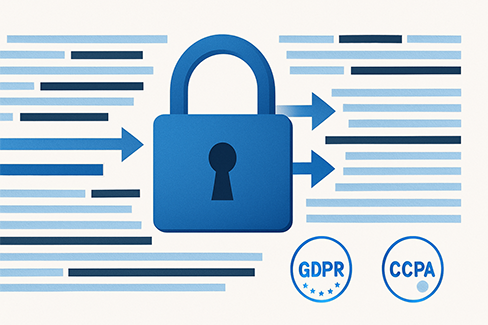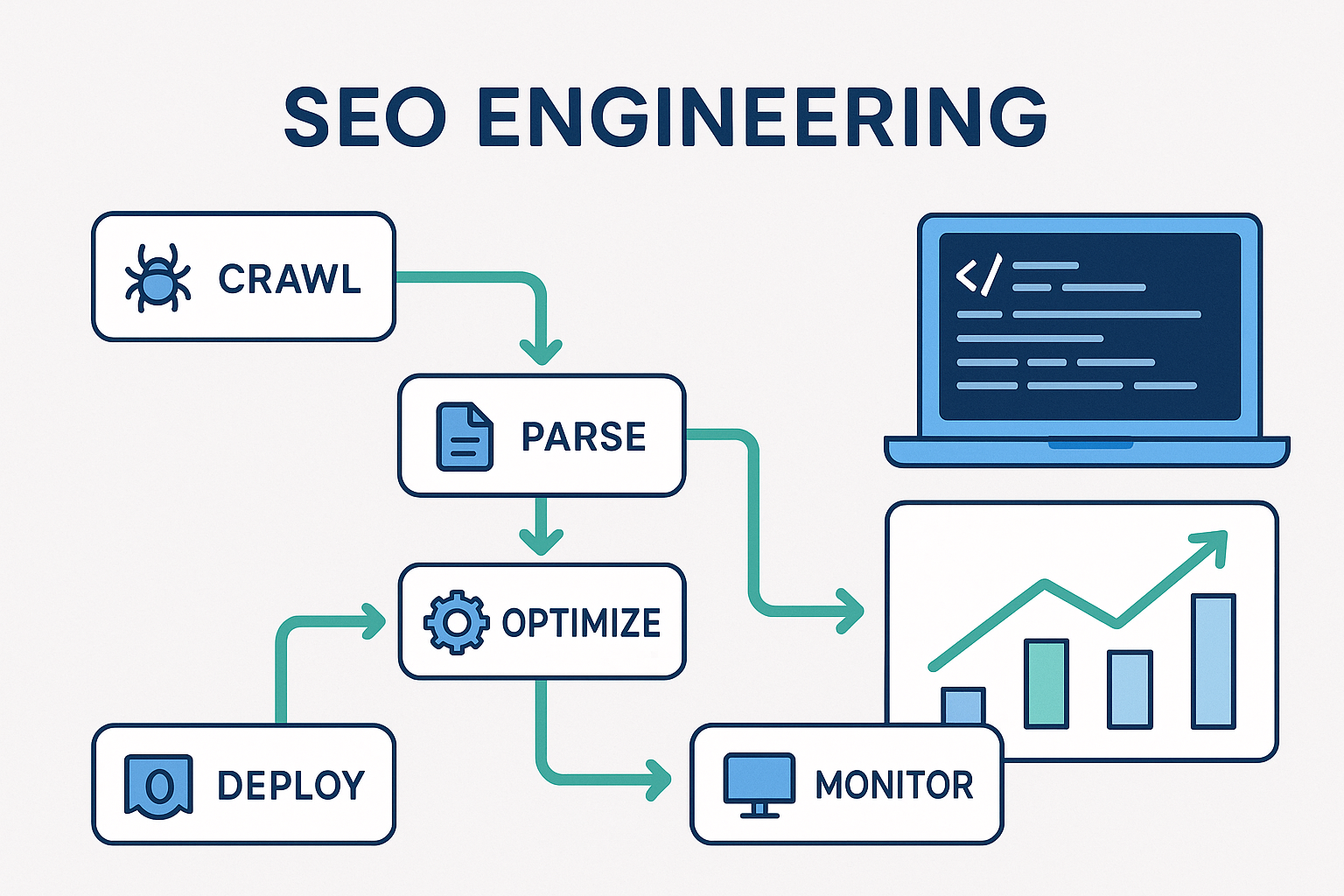Core Web Vitals evolution: changes since 2021
Since their introduction in 2021, Core Web Vitals (CWV) have evolved from a set of three user experience metrics to a broader performance framework. The biggest changes:
- First Input Delay (FID) has been replaced by Interaction to Next Paint (INP), providing a more accurate measure of interactivity.
- Largest Contentful Paint (LCP) remains central for perceived loading speed.
- Cumulative Layout Shift (CLS) continues to measure visual stability but with stricter thresholds.
- Real User Monitoring (RUM) data from Chrome UX Report (CrUX) now drives rankings more heavily than lab tests.
By 2025, CWV aren’t just SEO signals—they directly correlate with conversion, engagement, and retention.
LCP optimization: images, fonts, and server response
LCP remains the most common failure point for sites, especially media-heavy and e-commerce platforms.
Modern image formats and responsive techniques
- Use AVIF and WebP2 → ~30–40% smaller than JPEG/PNG.
- Responsive
srcsetensures users don’t download oversized images. - Lazy loading + priority hints (
<img fetchpriority="high">) ensures the hero image loads first.
Critical resource prioritization
- Preload fonts and hero images with
<link rel="preload">. - Reduce Time to First Byte (TTFB) via optimized server/CDN setups.
- Use server push alternatives (103 Early Hints) to instruct browsers earlier.
FID replacement and INP: interaction responsiveness
Interaction to Next Paint (INP) is now the gold standard for interactivity.
- Measures all interactions, not just the first input.
- Goal: keep INP under 200 ms for good UX.
Optimizations:
- Minimize main-thread blocking (JavaScript bloat, heavy libraries).
- Use React concurrent features or Vue async components.
- Split bundles and defer non-critical scripts.
CLS prevention: layout stability techniques
Unexpected layout shifts are still UX killers. Key techniques in 2025:
- Always set explicit width/height or aspect-ratio on images, ads, iframes.
- Reserve space for dynamic components (chat widgets, consent banners).
- Use
font-display: optionalorswapto prevent FOIT/FOUT.
Target CLS < 0.1 for compliance.
Measurement and monitoring: tools and real user data
- Field data > lab data. Google ranks based on CrUX datasets.
- Tools:
- PageSpeed Insights (lab + field data).
- Web Vitals Chrome Extension.
- Real User Monitoring (RUM) with platforms like SpeedCurve, New Relic, or self-hosted analytics.
- Monitor per-page templates (homepage vs product page vs blog).
Framework-specific optimizations: React, Vue, Angular
- React: Use
useTransition, avoid hydration bottlenecks, pre-render critical paths. - Vue: Leverage async components and built-in suspense for INP.
- Angular: Optimize zone.js overhead, apply Angular Universal SSR for faster LCP.
- Universal tip: adopt Partial Hydration/Islands Architecture for faster interaction readiness.
Mobile vs desktop: optimization trade-offs
- Mobile → CPU/battery constraints make JavaScript optimizations critical.
- Desktop → Larger screens magnify CLS problems, especially with ads and modal popups.
- By 2025, mobile-first CWV scores dominate SEO weight, but desktop metrics still influence B2B and enterprise visibility.
Business impact: conversion rates and search rankings
- Studies show a 1s LCP improvement = +5–15% conversions in e-commerce.
- Better INP scores reduce bounce rates from frustrated taps/clicks.
- CWV compliance → Higher rankings, lower ad CPCs, improved trust signals.
- Poor scores risk direct revenue loss, not just SEO penalties.
2025 updates and future metric considerations
- Interaction to Next Paint (INP) is fully rolled out; FID is retired.
- Smoothness metrics (TBT + new experimental metrics) are emerging to track animation/jank.
- Expect future focus on energy efficiency (Green Web Vitals) as sustainability gains weight in digital performance.
Remember
Core Web Vitals in 2025 remain the UX–SEO bridge:
- LCP: optimize images, fonts, server response.
- INP: reduce JavaScript bloat and improve responsiveness.
- CLS: prevent unexpected layout shifts.
- Measure with real user data, not just lab scores.
The message is clear: fast, stable, and responsive sites win both rankings and revenue.
FAQs
Is FID still relevant in 2025?
No—Google fully replaced FID with INP.
What’s the easiest CWV win for most sites?
Switching to modern image formats (AVIF/WebP2) + proper preload.
Do Core Web Vitals directly impact SEO rankings?
Yes, though they’re one of many factors. The bigger business value is higher conversions.


